Innovative takes on regional dishes inspire new dining trend
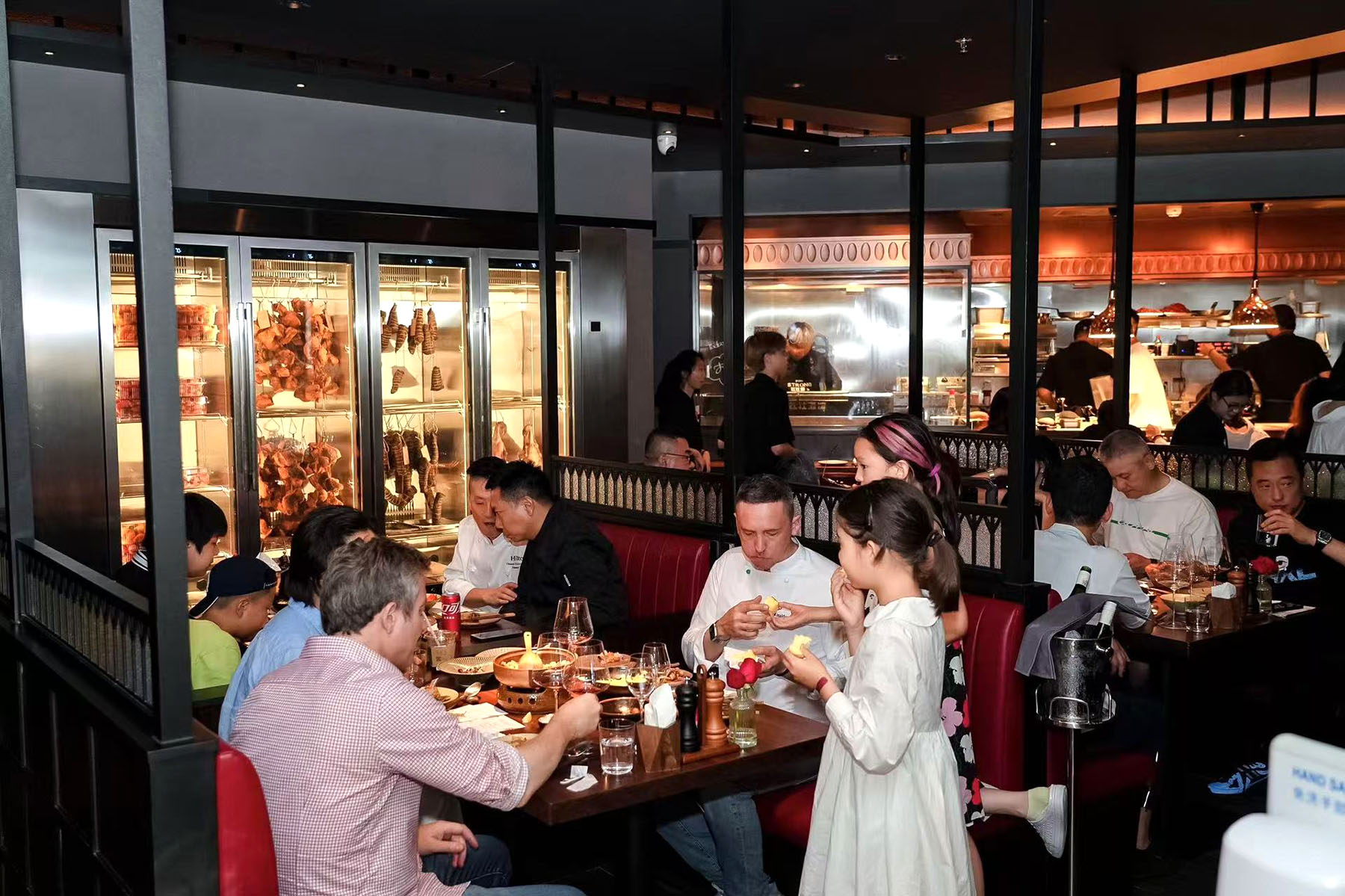
Late one evening last month, after a high-energy Mayday rock concert at Shanghai Stadium, Yu Zhuo and her friends found themselves still buzzing with excitement. They weren't ready to end the night, so they headed to Cila, a cozy bistro tucked away in Shanghai's Xuhui district known for its inventive northwestern fare.
It was already past 11 pm, and the kitchen had closed, but a selection of appetizers and grilled skewers were still on offer. Yu, a 33-year-old publishing professional, who had traveled from Beijing for the band's 25th anniversary tour, ordered a drink and a few dishes to share.
"After the concert, I needed to unwind with friends and food," she said. "The energy from the show could finally find its release."
READ MORE: A taste of adventure
In recent years, small bistros have become a new trend on China's dining scene, particularly in cities like Beijing, Shanghai, Shenzhen, Guangdong province, and Chengdu, Sichuan province. They have captured the attention of young diners, offering a relaxed atmosphere and affordable prices for meals and social gatherings.

As the demand for more personalized dining experiences grows, bistros are embracing local flavors, with regional Chinese cuisines tweaked to create fresh, innovative dishes.
China's bistro industry reached a market size of 148.78 billion yuan ($20.4 billion) in 2023 and is projected to exceed 180 billion yuan by 2027, according to a report on the development of China's bistro industry by iiMedia Research.
The growth is driven by the rise of the nighttime economy, the popularity of low-alcohol beverages, increasing social interaction, and supportive government policies, the report said. As of July 2024, there were 33,162 registered bistro-related businesses in China, with new enterprises entering the market and intensifying competition.
The report also found that 82.8 percent of bistro patrons visit at least once a month, with 77.5 percent spending between 101 and 300 yuan per visit. More than half of consumers go to bistros to relax, and 47.2 percent prefer a "light buzz" from alcohol while enjoying their time.
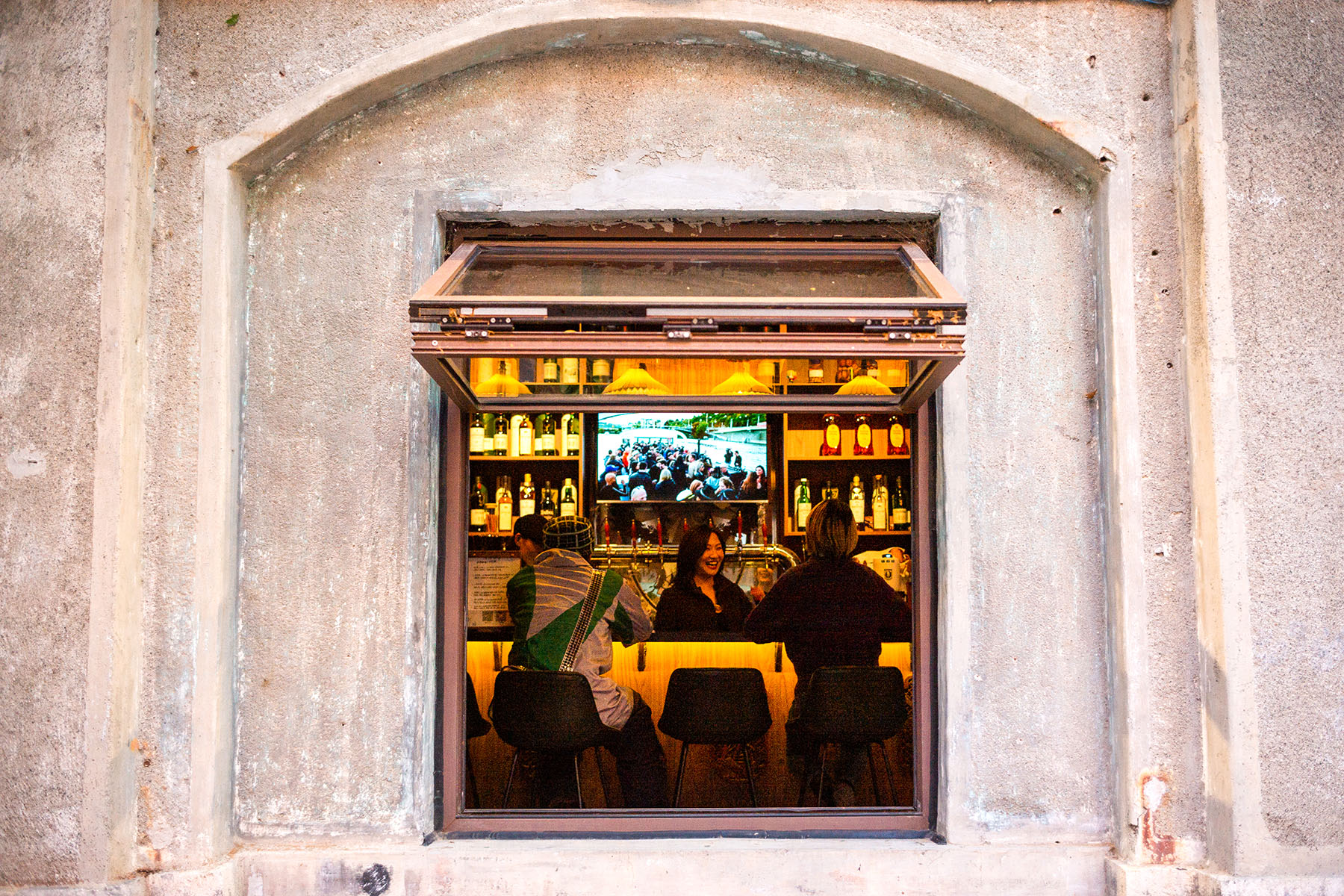
Local inspiration
In Beijing, bistros spotlighting regional Chinese cuisines have become popular with diners.
Different foods from Yunnan and Fujian provinces and the country's northwest, and more recently the northeast, are redefining local dining with thoughtful wine pairings and clever food presentations.
At the forefront is White Tiger Village, a Yunnan-inspired bistro in Chaoyang district. Opened in 2021 by Nathan Zhang, a restaurateur with over a decade of experience in the industry, the bistro marries the bold flavors of Yunnan cuisine with natural wines. The concept quickly struck a chord, and the intimate venue has become one of the city's most sought-after dining spots.
"I'm not a meticulous planner," Zhang, 52, admitted. "When we started White Tiger Village, it just felt right — our food, our taste in drinks, our attention to ambience. It all came together naturally."
Zhang, who lived in Canada for over 10 years, brought an international sensibility to his bistro, supported by a team of like-minded staff. Many of them studied abroad and have contributed to the fusion take on Yunnan cuisine that has captivated diners.
The bistro, known for being pet-friendly, recently expanded its offerings beyond natural wine to include craft beers, aiming to attract an even broader clientele. Regulars visit multiple times a month, while out-of-town guests — business travelers from cities like Shanghai and Guangzhou, Guangdong — often make special trips to experience the restaurant.
Zhang also sees White Tiger Village as more than just a dining destination. He envisions it as a platform for creative exploration. The bistro has hosted film and art talks and even handed over its space to musicians for the day. Recently, Michelin-starred chef Talib Hudda took over the kitchen for a four-weekend pop-up brunch series.
"In China, we've always had our own version of bistros — think street-side barbecue spots where you can linger over skewers, edamame, and a bottle of beer," Zhang said.
"What we've created is simply a more refined space, with thoughtful dishes and a polished atmosphere. It's one more option, depending on the experience people are looking for."
Italian chef Fabio Falanga from Naples is also aiming for a relaxed atmosphere at his bistros. Arriving on Beijing's Western dining scene in 2009, the 39-year-old now oversees three venues in the city: Fresco, 024 Sea Strings, and Sediment Wine Bistro.
Sediment Wine Bistro opened two years on the cusp of Beijing's burgeoning bistro trend. "I wanted to create a place where I'd enjoy myself, a spot that isn't fine dining but still offers quality food and a relaxed atmosphere," Falanga said.
His goal was to create a bistro that sits between the extremes of high-end Western cuisine and everyday dining — a welcoming space where guests can visit often without feeling pressured.
The menu at Sediment reflects Falanga's roots in Naples, blending traditional dishes with innovative twists. To keep things fresh, he revamps the menu every two to three months.
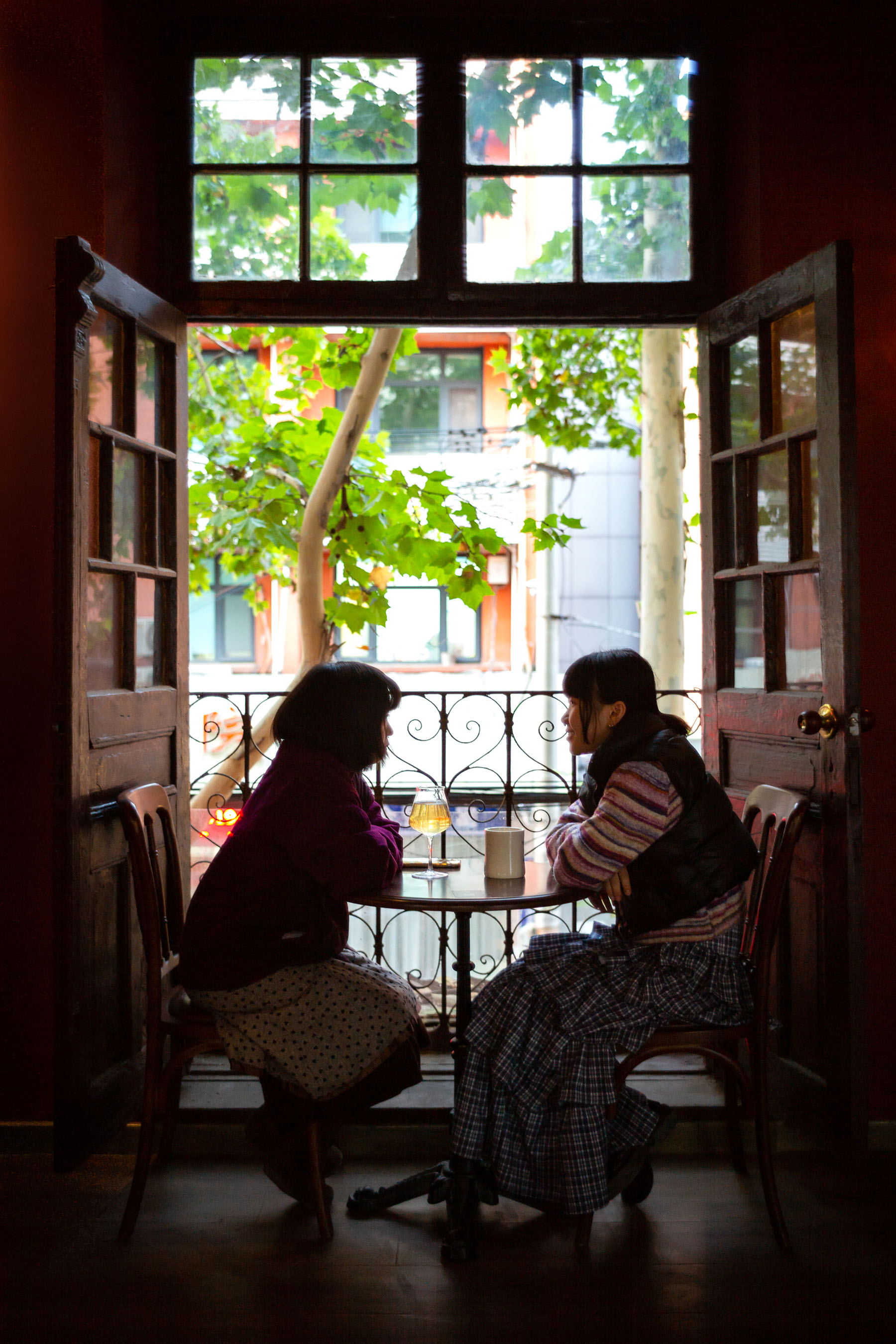
Domestic produce, wine
Four years ago, Jia Yukun opened a barbecue restaurant in Beijing, grilling premium goat from the Inner Mongolia autonomous region in traditional Japanese yakiniku style. Business was steady, but unremarkable.
Then, in 2021, he noticed a shift in Beijing's dining sector. White Tiger Village had taken the city by storm, by blending regional flavors with a modern, laid-back dining atmosphere.
For Jia, this was a revelation. "Seeing how local bistros elevated traditional dishes with refined presentations made me think we could do something similar," said Jia, 32.
"Inner Mongolia has incredible ingredients, and with a little creativity, we could offer something fresh."
Jia rebranded his restaurant as Bistro Strong, transforming it into a haven for northwest Chinese cuisine with a contemporary twist. The change proved timely. As pandemic restrictions eased, the restaurant gained traction and opened a second eatery in Beijing this year.
Bistro Strong's menu is rooted in Inner Mongolia's culinary traditions, but is also inventive. Dishes include fresh milk skins, tender hand-grabbed goat, and Hohhot-style shumai, all crafted with meat sourced from four-year-old white cashmere goats raised in the rugged mountain areas in Inner Mongolia.
"Goats from that region, because of the harsh terrain, produce meat that's clean and uniquely flavorful," Jia said. "It's the best goat I've ever eaten — no gaminess, just a subtle aroma, and the fat has a creamy, almost milky quality."
Jia has also brought his own flair to traditional recipes, creating air-dried, aged marinated goat with Chinese spices and aged in-house.
Drinks are integral to the experience, accounting for a quarter of Bistro Strong's revenue. French wines dominate the drinks list, but Jia is also on a mission to showcase Chinese wines. "We want people to see that China produces some incredible wines," he said.
Despite steady business throughout the year, Jia has noticed an odd trend — holidays like Labor Day and National Day are often slower, as most of his patrons are Beijing locals who travel during these periods.
Jia, who trained in Western cuisine in Switzerland, sees no hard boundary between Chinese and Western culinary philosophies. "Chinese cuisine already has world-class ingredients and techniques," he said. "It's just about presentation and creativity."
With two successful restaurants in Beijing, Jia is setting his sights on Shanghai, a city he describes as a natural home for sophisticated yet accessible dining. "There's an atmosphere of appreciation for elevated food experiences in Shanghai," he said.
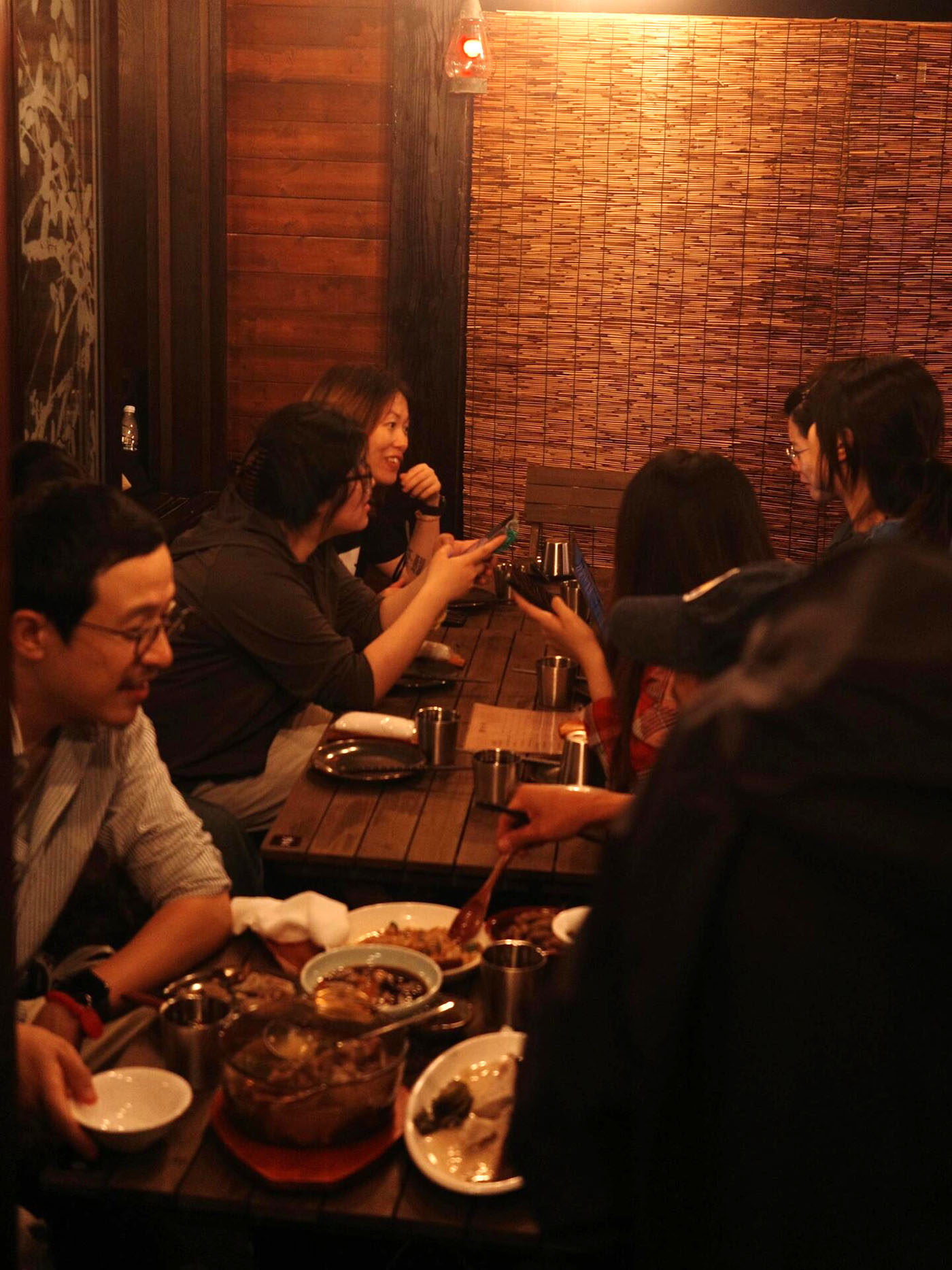
Fresh interpretations
In October, A Big Bite food ranking unveiled its annual list of China's best bistros. The panel of judges — comprising sommeliers, food writers, and wine experts — evaluated the bistros on their cuisine, beverages, ambience, and originality.
Thirty-three bistros made the list, with nine from Beijing, including Bistro Strong, and thirteen from Shanghai, among them Cila and San Bai Bei. Other winners hailed from Guangzhou, Shenzhen, Hangzhou, Zhejiang province, and Chengdu.
Food writer and panelist Li Weihang said modern Chinese bistros are less about strict definitions and more about creative expression. "Initially, people thought of bistros as Western dining with wine," Li said. "But today, the concept has become more fluid, adapting to the diverse needs of diners from various backgrounds."
What remains consistent are low-alcohol wines, appealing dishes, and a strong sense of individuality, she said.
The rise of bistros, Li suggested, reflects shifts in urban lifestyles. In cities like Shanghai, where workdays often stretch past 7:30 pm, bistros offer a relaxed space for social gatherings without the heaviness of a full meal.
Another driving force, she said, is the resonance of Chinese flavors. The casual format of bistros has encouraged younger restaurateurs to reimagine traditional Chinese dishes. Li pointed to San Bai Bei in Shanghai as a prime example.
"Their menu updates frequently and their portions are intentionally small," Li said.
"It solves a long-standing problem with traditional Chinese dining — large servings that don't suit small groups."
The bistro's innovative takes on Ningbo cuisine have made it a popular choice for diners across different age groups and social circles.
The first San Bai Bei opened in Ningbo, Zhejiang, in 2019, and the restaurant quickly expanded to Shanghai, where it now operates two popular eateries.
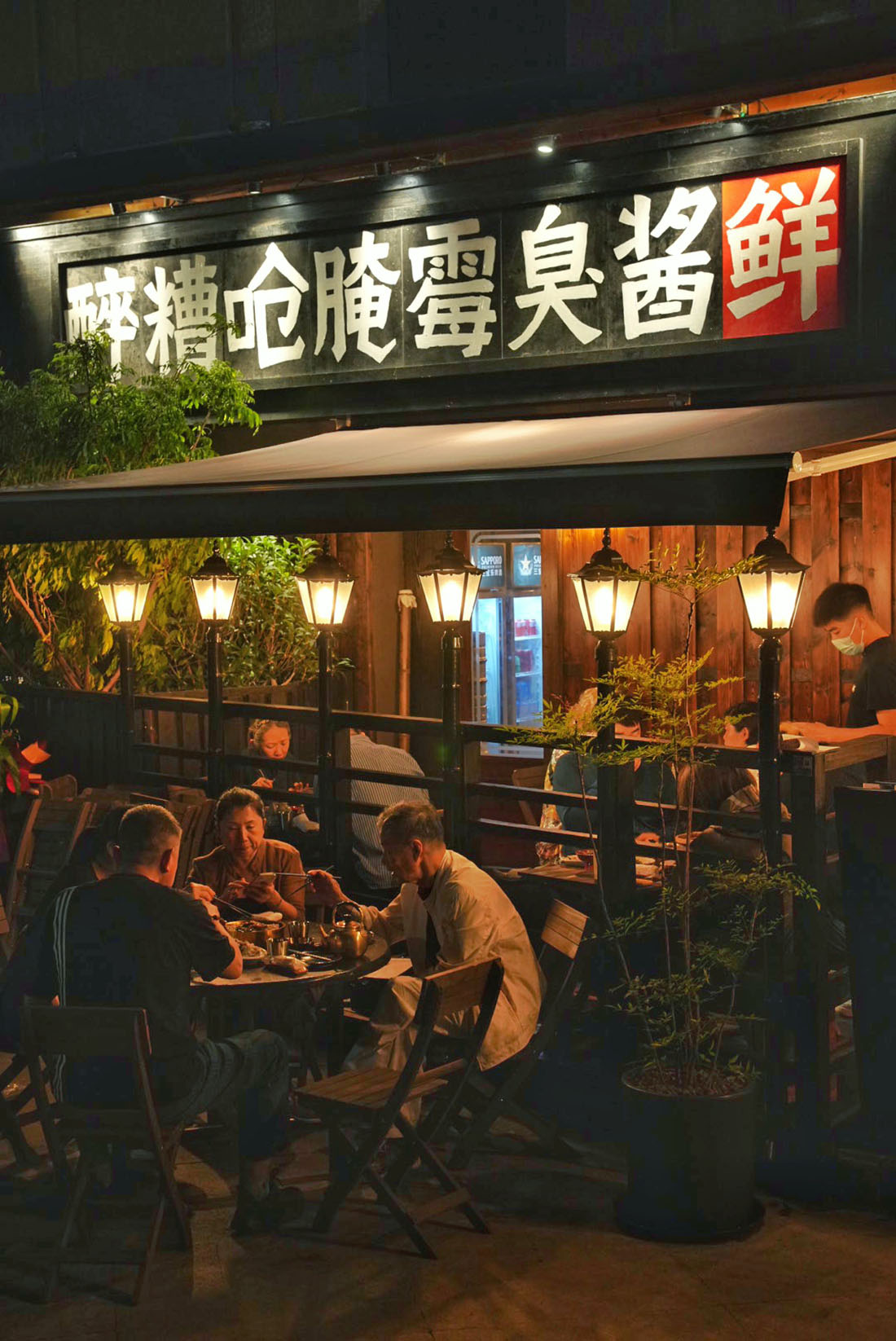
Nod to tradition
Founded by 38-year-old Han Yuting, who has over a decade in the restaurant industry, including running a Japanese-style bistro, the idea for San Bai Bei emerged in response to the rising Guochao fashion trend in 2019 that mixed the traditional with the modern.
"I was inspired by the growing interest in Chinese traditions, especially in Zhejiang, where making rice wine and yellow wine is part of everyday life," Han said. "It was the perfect moment to open a Chinese-style bistro."
San Bai Bei is a reservation-only venue. Initially, customers had to make reservations by phone, but a mini-program was later introduced, allowing guests to book a week in advance.
Due to the restaurant's overwhelming popularity, a deposit system was implemented to prevent scalpers from reselling reservations. "We even introduced a 'queue-jumping' feature — if there's a gap between two reservations, guests can book that slot," Han explained.
To keep customers informed, Han created several WeChat groups where he posts updates on daily specials and ingredients. "We get our seafood fresh from Ningbo every morning, and after transporting it to Shanghai, we're ready to serve it that evening," Han shared.
ALSO READ: Hong Kong's old walk-ups find new lease of life by fandom of New Yorker
San Bai Bei's menu is dynamic, changing daily based on the freshest available ingredients. There's no set menu; instead, dishes are listed on a blackboard, and guests write their orders down on small notebooks at each table.
"A bistro should feel personal, not just about ordering from a screen," Han said. "Sometimes we have dishes that aren't on the board but are available in the kitchen. If a guest sees a particular fish, they can just ask the chef how it's cooked — steamed or braised."
The restaurant's wine list is predominantly focused on traditional rice wine and yellow wine, but guests are welcome to bring their own bottles. There is no corkage fee.
The seating arrangement is intentionally intimate, with only a 10-centimeter gap between tables.
"You can't help but overhear what others are eating and drinking," Han said. "But that's the charm of it — guests often end up joining together, and a table for three can turn into a lively group of ten, all sharing drinks."
"It's a place for joy," Han said. "People are still seeking social connections, and we provide a space for that to happen naturally."


